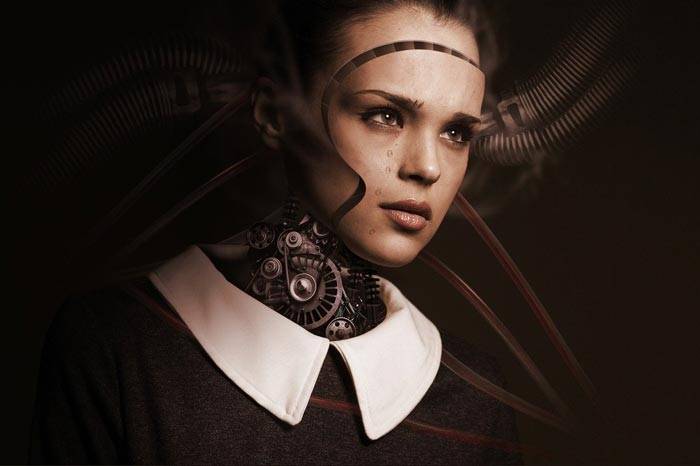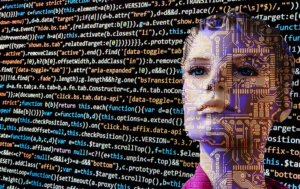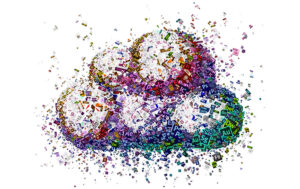Digital Technology
Technologies have been designed and created
for generations over time These technologies have been
used to find and solve problems faced by people
all over the world,
for example how to collect and prepare food,
create shelter and protection
from the elements or just
to belong and human connection, the desire to face problems
and find solutions is what drives people to create
and use technologies, finding ways to make life easier
or improve living standards for everyone in society is what
technologies are about learning about technology helps
us understand how the things we use every day actually work,
have been imagined, and have
been improved And hand it over to others
Digital Technology in the Australian curriculum are divided into two distinct themes
But connected are the design, the technologies
and the digital technologies that each of these
two subjects must do Weaving the threads of knowledge,
understanding, processes and production skills essential
to both subjects are the ideas that we can influence
the future in positive ways through the processes required
to manage a project from start to finish,
let’s think about technologies
Digital, digital technologies
are not just about being able to use a computer
Digital technologies for a phone or tablet
are about understanding how these technologies
are imagined,
created and used in
the Australian curriculum
that includes the use
of computational thinking to come
up with creative solutions
hat can lead to better ways
of doing things
Digital Technology : We use computational thinking every day to look at a problem
break it down into easier parts, find patterns
and come up with an effective systematic way to solve
it To do this we need to collect find and use data data
is raw information that has not yet been organized in logical
ways so that we can use it more easily and the way we use
computers and devices to create solutions It’s an important
part of the topic of digital technology but it’s not the whole
story so with that in mind let’s think of a student
in a South Australian school, let’s call her Samira Samira
has been learning to solve problems since birth
How do I tell them I’m hungry How does this group fit into how
this game works And how do I do that How do I do it Samira’s tutor builds
on this so she develops a deep understanding
of digital technologies How does teacher
help Samira think like a computer scientist and become someone
who understands how to create and use technologies
to develop innovative solutions to local and global problems
Samira has always
been interested in how
things grow her class works with botanical gardens
By sowing the seeds of native threatened plants
in the creek behind her school she now wants
to help repopulate endangered species of plants
so she collects information about the growth of plants
and insects she visits and passes that information
on to botanical gardens that are creating a huge online database
to provide climate scientists , Samira came up with
how to use some simple commands sometimes referred
to as code to program a basic database Soil sensor
to keep track of the available moisture for plants Samira
used the information she collected to create a graph on each
plant The council wants to publish her information on Walking path to inform visitors to the creek
We are not very interested
in whether Samira can
enter data into a program
We are interested in how
and why you use computational
thinking and digital technologies to work with others
to come up with solutions to complex local and
Arab global problems. In the process, we want Samira
to take these concepts into her daily life and understand
that digital technologies can be used to create solutions
that can make life easier or more convenient for
her people in her immediate or global communities.
When we catch Samira after a few years,
we can see that she is using her deep knowledge
With digital technologies to make connections between
the ideas and solutions you are considering about
the potential consequences of decisions in order
to think about who those decisions will help them
by integrating knowledge and understanding
with processes and production skills, we can see
that Samira has developed a strong network
of expert people and fellow friends to benefit from
allowing her Sharing new ideas, collecting
and organizing relevant data, and developing
and implementing a series of steps that
can lead to To ethical innovators who are
able to build on what they know to effectively
change their world by creating sustainable solutions
to problems they may face in their local and global environment.



